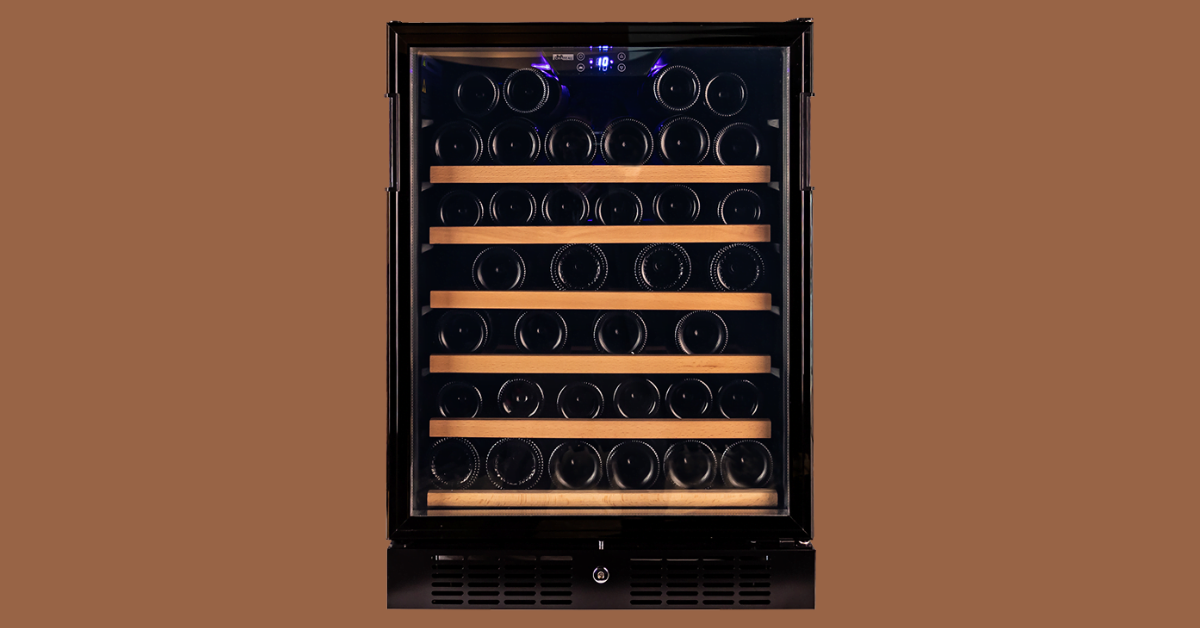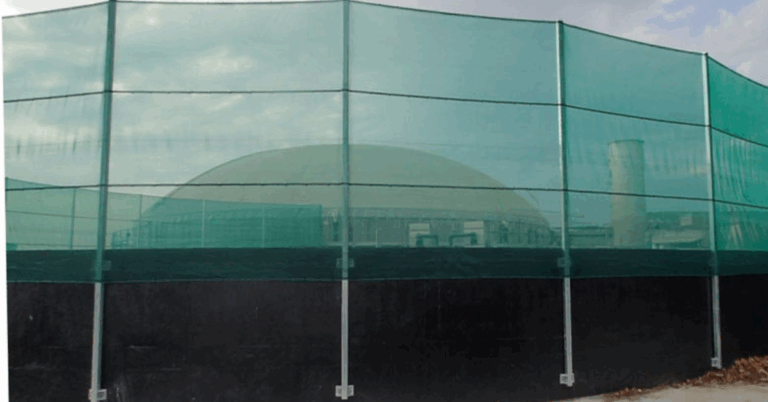Wine Cellar: The Definitive Guide to Storing and Displaying Fine Wines
A wine cellar is more than just a storage space—it’s an investment in taste, sophistication, and quality. Whether you’re a seasoned wine collector, an aspiring connoisseur, or a restaurant owner, understanding the fundamentals of a Wine Cellar is essential to preserving your collection and enhancing its value.
In this comprehensive guide, we explore everything you need to know about wine cellars: their purpose, types, design considerations, and how to select the right one for your lifestyle or business. Discover how the right wine cellar can transform your space and elevate your wine experience.
What Is a Wine Cellar?
A wine cellar is a climate-controlled space designed specifically for storing wine in optimal conditions. It maintains ideal temperature, humidity, and light levels to ensure wine matures properly over time without being compromised.
Wine cellars range from small, custom cabinets to expansive walk-in rooms. The primary goal of any wine cellar is to:
-
Preserve wine quality
-
Enhance aging potential
-
Organize and display collections
Why Invest in a Wine Cellar?
1. Long-Term Wine Preservation
Wines are sensitive to their environment. Heat, light, and humidity can spoil the flavor, aroma, and structure of even the finest vintages. A wine cellar provides consistent conditions, shielding bottles from external fluctuations and ensuring graceful aging.
2. Enhancing Home or Business Value
A well-designed wine cellar adds prestige and sophistication to your home or commercial property. For homeowners, it serves as both a functional asset and a visual centerpiece. For hospitality venues, it showcases commitment to quality and attention to detail.
3. Convenience and Accessibility
Having your wine collection in a dedicated cellar means easy access, improved organization, and a better overview of your inventory. Whether you’re reaching for a bottle for dinner or selecting something special for guests, it saves time and enhances the experience.
Types of Wine Cellars
Wine cellars can be categorized by size, design, and use. Below are the most common types:
1. Residential Wine Cellars
These are private, in-home installations that range from small closets to luxurious walk-in rooms.
Features:
-
Customized racking
-
Temperature and humidity control
-
Integrated lighting and decor
Ideal for:
-
Wine enthusiasts
-
Collectors with medium to large inventories
-
High-end homes
2. Commercial Wine Cellars
Found in restaurants, wine bars, and hotels, commercial cellars are built for functionality and aesthetics. They not only store wine but also enhance customer experience.
Features:
-
High-capacity racking
-
Display-focused design
-
Easily accessible layout for staff
Ideal for:
-
F&B establishments
-
Wine retailers
-
Event venues
3. Wine Cabinets and Coolers
These are compact, freestanding, or built-in refrigerated units that mimic cellar conditions on a smaller scale.
Features:
-
Temperature zones
-
Humidity regulation
-
Sleek, modern design
Ideal for:
-
Apartments and smaller homes
-
New collectors
-
Those without dedicated space for a full wine cellar
Key Components of an Effective Wine Cellar
Temperature Control
Wines should be stored between 12°C and 16°C. Fluctuations can cause premature aging and spoilage. Invest in a cellar cooling system with consistent, adjustable settings.
Humidity Management
Maintaining relative humidity around 60–70% prevents corks from drying out and labels from peeling. Some systems include built-in humidifiers or dehumidifiers depending on the ambient environment.
Lighting
Wine should be protected from UV light, which can alter chemical compounds. Use low-heat LED lighting or dim fixtures, and avoid direct sunlight exposure.
Vibration Control
Constant vibration disturbs the aging process by agitating sediment. Professional wine cellars are designed to eliminate mechanical and structural vibrations.
Ventilation
Proper airflow is essential to prevent mold and odors. Ventilation also helps maintain a balanced climate and prevent overheating.
Designing a Wine Cellar: Practical Tips
Space Selection
Choose an area with minimal light and heat exposure. Ideal locations include:
-
Basements
-
Under staircases
-
Spare rooms
-
Interior closets
Insulation and Vapor Barrier
Thermal insulation is essential to maintain stable internal temperatures. Vapor barriers prevent external moisture from entering the cellar, reducing the risk of mold.
Racking and Layout
Choose racking that fits the shape and size of your bottles. Options include:
-
Wooden racks for traditional elegance
-
Metal racks for modern aesthetics
-
Modular racks for future expansion
Consider including display shelves, bulk storage bins, and tasting areas for added functionality.
Power Supply and Cooling
Ensure your wine cellar is supported by a stable power supply. Choose a cooling system that matches the cellar size and includes backup functionality in case of power outages.
Wine Cellar vs Wine Fridge: What’s the Difference?
Wine Cellar:
-
Permanent or semi-permanent room
-
Climate-controlled with professional-grade systems
-
Ideal for long-term storage and aging
-
Customizable and scalable
Wine Fridge (Cooler):
-
Compact, mobile appliance
-
Short- to medium-term storage
-
Limited capacity
-
Lower installation and maintenance cost
Choose based on your storage needs, available space, and investment goals.
Maintenance of a Wine Cellar
Proper care ensures your wine cellar continues to function optimally. Here’s a simple maintenance checklist:
-
Monitor climate controls weekly
-
Inspect for mold or condensation
-
Clean vents, filters, and racks quarterly
-
Test backup power systems
-
Reorganize and inventory bottles annually
For commercial wine cellars, more frequent checks and professional servicing are recommended.
Common Mistakes to Avoid
-
Inconsistent temperature settings
-
Overloading racks and restricting airflow
-
Installing near heat sources or sunlight
-
Using poor-quality insulation materials
-
Neglecting humidity control
Avoid these pitfalls by consulting with wine storage specialists and investing in quality systems.
FAQs: Wine Cellar
What temperature should a wine cellar maintain?
The ideal temperature is between 12°C to 16°C. Red wines lean toward the higher end, while white and sparkling wines require cooler conditions.
Can I build a wine cellar in an apartment?
Yes. While space may be limited, compact wine cabinets or under-stair installations can be tailored for urban living. Consider freestanding wine coolers or small walk-in rooms.
Do I need a humidifier for my wine cellar?
In dry climates or highly air-conditioned spaces, a humidifier is essential to prevent corks from drying out. In humid regions, a dehumidifier may be needed instead.
How much does a wine cellar cost?
Costs range widely:
-
Small wine cabinets: From SGD 500–1,500
-
Custom residential cellars: SGD 5,000–30,000+
-
Commercial wine rooms: SGD 20,000 and up
Pricing depends on size, design complexity, and materials used.
What is the lifespan of a wine cellar cooling unit?
A quality cooling unit typically lasts 8–12 years with regular maintenance. Look for units with warranties and support for replacement parts.
Final Thoughts
A wine cellar is an indispensable feature for anyone serious about wine. It represents both practicality and passion — protecting your wine, enhancing its value, and enriching your tasting experience.
Whether you’re planning to build a dedicated room, integrate a stylish wine wall, or start small with a custom cabinet, the right wine cellar turns your collection into a showcase of taste and sophistication. At Chateau Wine Cooler, we specialize in helping wine lovers find the perfect storage solution — from innovative chillers to luxurious custom installations.
If you’re ready to transform how you store and enjoy wine, a wine cellar is the perfect place to start.







